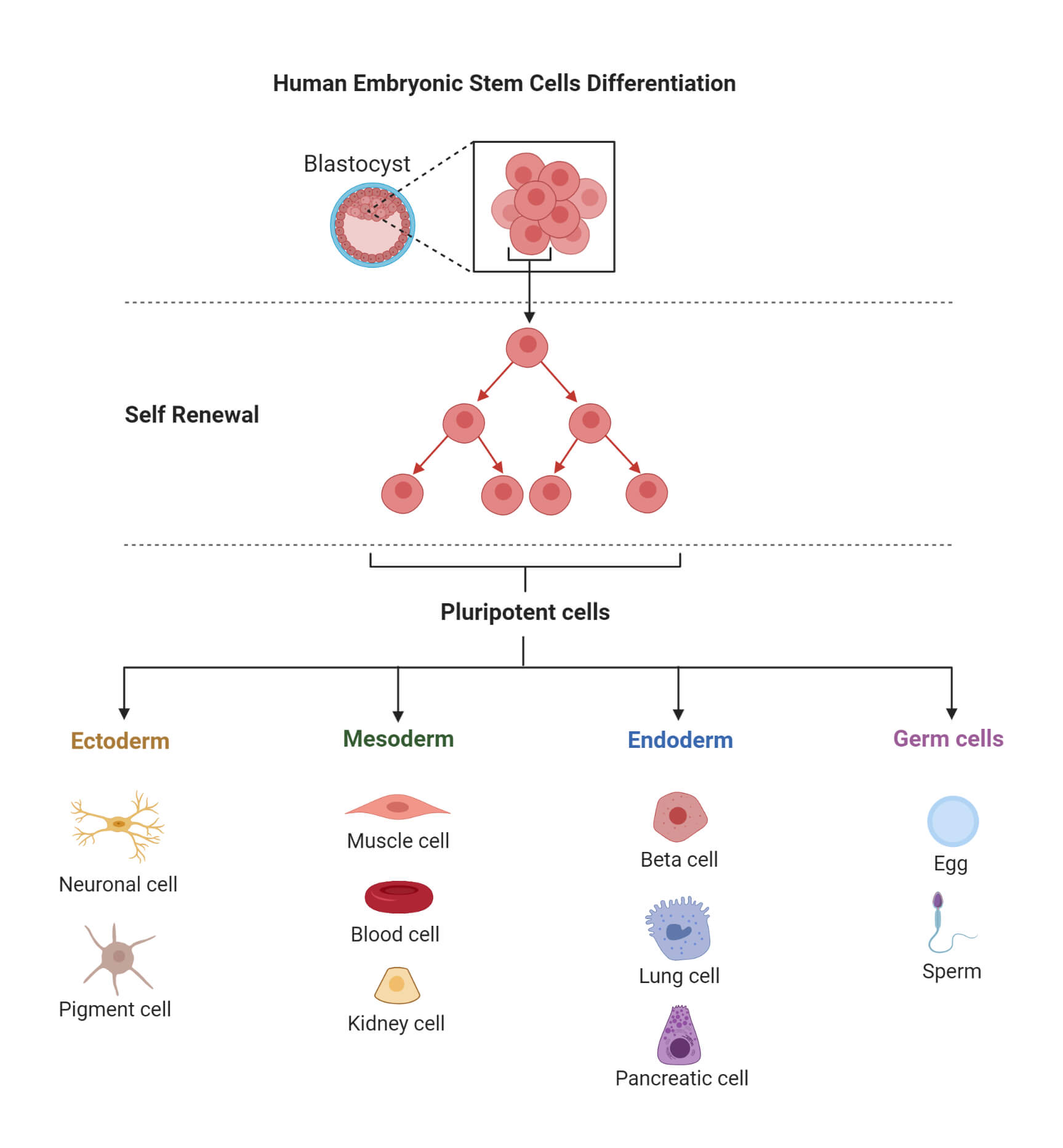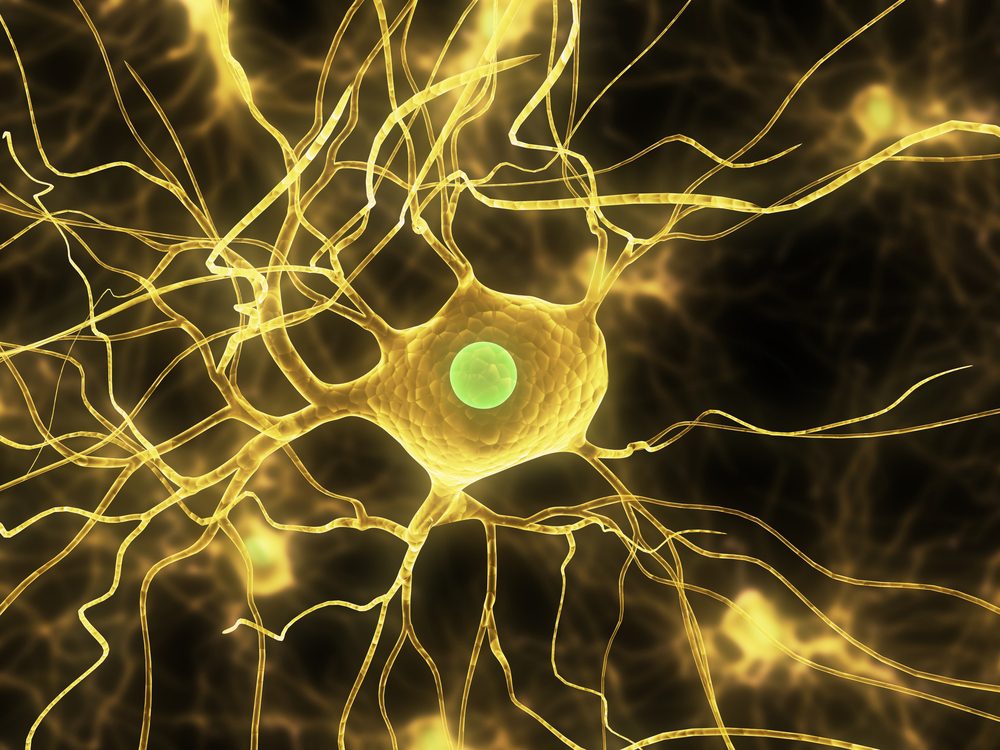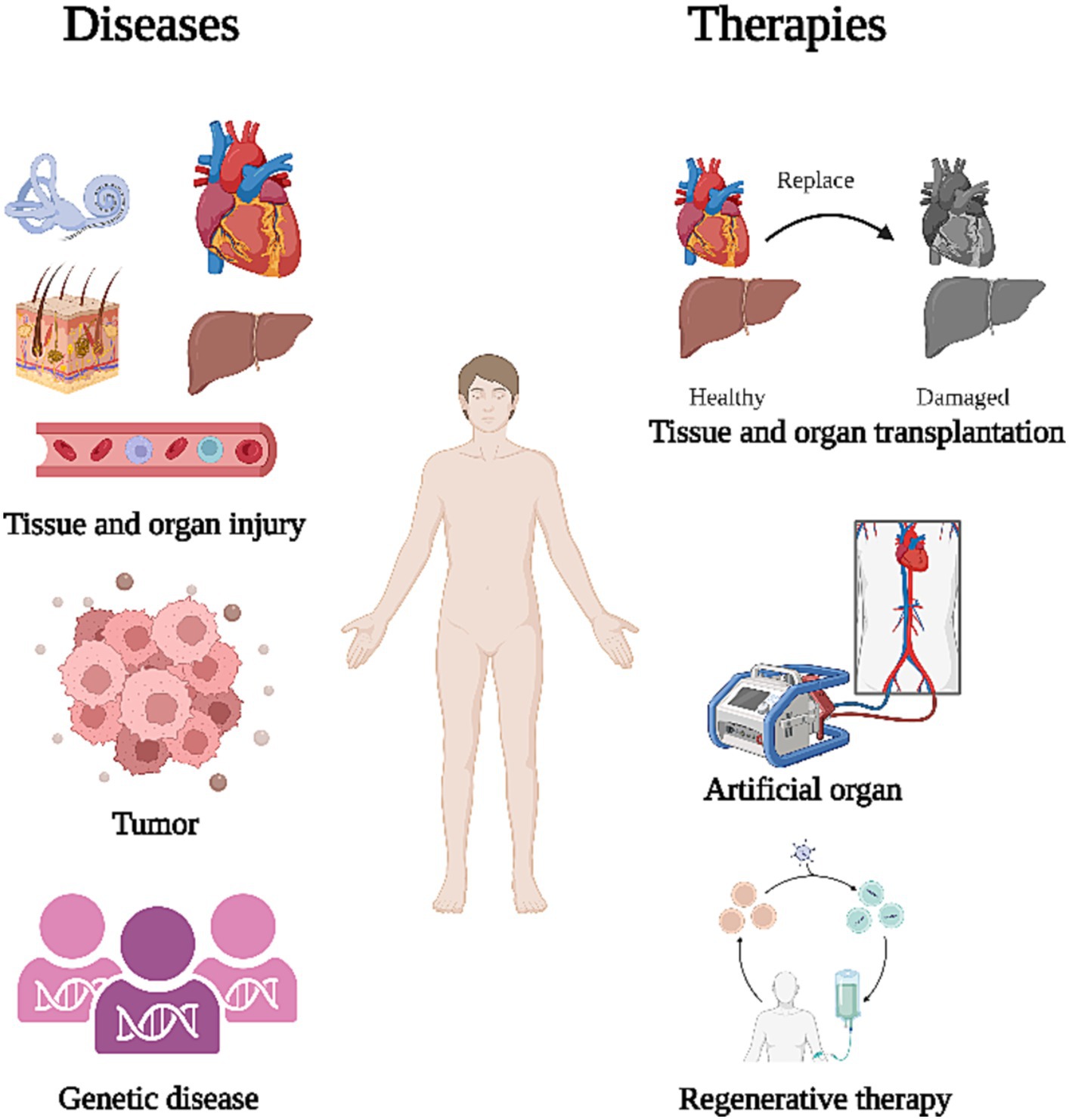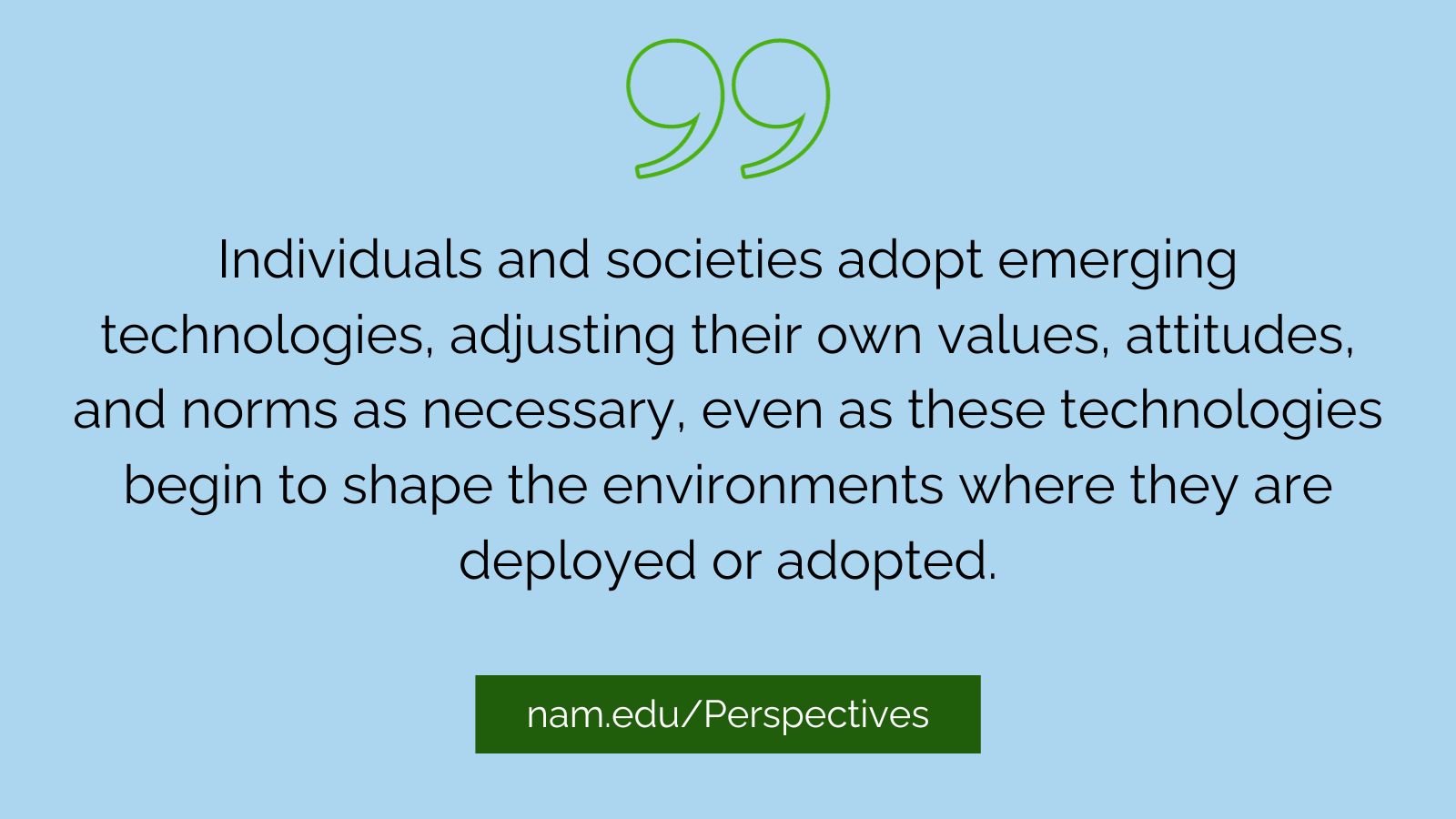Table of Contents

[/image][=video]
[/video]
The majority of websites utilized for bone marrow harvesting are situated in the hip bones and the sternum. The procedure happens in the operating space. The benefactor will certainly be anesthetized throughout the harvest and will not really feel the needle. In recovery, the benefactor might experience some discomfort in the locations where the needle was put.

If an autologous transplant is planned, previously gathered stem cells, from either peripheral (apheresis) or harvest, are counted, screened, and all set to instill. The preparations for a bone marrow transplant differ depending on the sort of transplant, the disease requiring transplant, and your resistance for sure medications. Consider the following: The majority of commonly, high doses of chemotherapy and/or radiation are included in the prep work.
Ablative therapy prevents this procedure of cell production and the marrow comes to be vacant. A vacant marrow is needed to make area for the new stem cells to expand and develop a brand-new blood cell manufacturing system.
It is not an operation to place the marrow right into the bone, but resembles getting a blood transfusion. The stem cells locate their way right into the bone marrow and start replicating and growing brand-new, healthy blood cells. After the transplant, encouraging care is provided to prevent and treat infections, side effects of treatments, and issues.
Menopause Therapy local to Kentwood, Michigan
The days prior to transplant are counted as minus days. The day of transplant is taken into consideration day zero. Engraftment and recovery adhering to the transplant are counted as plus days. As an example, an individual may go into the hospital on day -8 for preparative programs. The day of transplant is phoned number zero. Days +1, +2, and so on, will certainly follow.
The days are numbered to assist the patient and household understand where they are in terms of dangers and discharge planning. During mixture of bone marrow, the patient may experience the following: Pain Chills Fever Hives Breast pain After mixture, the client might: Spend a number of weeks in the health center Be very susceptible to infection Experience excessive blood loss Need blood transfusions Be constrained to a clean environment Take numerous anti-biotics and various other medicines Be given medication to avoid graft-versus-host diseaseif the transplant was allogeneic.
Platelets are generally the last blood cell to recoup. Engraftment can be delayed due to the fact that of infection, medicines, reduced donated stem cell count, or graft failing.
Antibiotics, antifungal medications, and antiviral medications are typically given to attempt to protect against severe infection in the immunosuppressed individual. Thrombocytopenia (low platelets) and anemia (low red blood cells), as an outcome of a nonfunctioning bone marrow, can be hazardous and also dangerous.
Fluid overload is an issue that can lead to pneumonia, liver damage, and high blood stress. The main factor for fluid overload is since the kidneys can not maintain up with the big amount of liquid being provided in the type of intravenous (IV) medications, nutrition, and blood items.
Hormone Therapy local to Kentwood, Michigan

Breathing standing is a vital feature that may be jeopardized during transplant. Infection, swelling of the respiratory tract, fluid overload, graft-versus-host disease, and blood loss are all potential life-threatening issues that may happen in the lungs and lung system. The liver and heart are necessary body organs that may be damaged throughout the hair transplant procedure.
Failing of the graft (transplant) taking hold in the marrow is a possible problem. Graft failure may take place as an outcome of infection, recurring disease, or if the stem cell count of the contributed marrow was not enough to create engraftment. Graft-versus-host condition (GVHD) can be a serious and serious difficulty of a bone marrow transplant.
Rather than a body organ transplant where the individual's immune system will try to turn down only the transplanted organ, in GVHD the brand-new or transplanted immune system can assault the whole individual and all of his or her organs. This is due to the fact that the new cells do not identify the cells and body organs of the recipient's body as self.

One of the most usual sites for GVHD are GI tract, liver, skin, and lungs. Prognosis considerably depends on the following: Sort of transplant Kind and extent of the disease being treated Illness action to therapy Genes Your age and overall health Your tolerance of certain medicines, procedures, or therapies Severity of complications As with any kind of procedure, in bone marrow transplant the diagnosis and long-lasting survival can differ significantly from person to individual.
Menopause Therapy
Continuous follow-up care is vital for the client adhering to a bone marrow transplant. New methods to improve treatment and to reduce issues and adverse effects of a bone marrow transplant are continuously being discovered.
Regenerative medication treatments can be divided into 3 groups: assist in recovery by injecting or positioning live cells into the client. Examples of mobile treatment include PRP and stem cell therapies, which can be made use of to treat tendinopathy and various other sporting activities injuries.
Phys Med Rehabil Clin N Am. 2014; 25( 4 ):881 -95. As time passes, specific doctors discover and share information, boosting the application of these treatments. See Are PRP Shots Effective?Until a lot more is known, regenerative medicine treatments are ruled out common technique and insurance coverage plans typically do not cover them. Several clients want to pay out-of-pocket. is advancing swiftly with breakthroughsin stem cells, gene treatment, and cells design. This article explores these cutting-edge methods, highlighting their transformative potential for cells and organ repair work. are positioned to transform clinical treatments and enhance individual end results. Cell regeneration, the process of recovering lost cells to recuperate regular function, differs across various tissues and body organs. In Drosophila larval wing discs, cells resistant to apoptosis aid cells regeneration. Mouse figure pointer regeneration is mediated by the blastema, consisting of various progenitor cells, as highlighted in this research.: The variety of cells within a tissue can affect regeneration. Peripheral nerves, as an example, include Schwann cells, nerve fibroblasts, and immune cells, each contributing in nerve regeneration, as reviewed right here. These elements interact dynamically, making cell regeneration a complex process that varies based upon the certain tissue or organ. Cell regrowth plays a crucial function in maintaining the body's overall health and wellnessand well-being. It is accountable for repairing and replacing broken or aging cells, guaranteeing the correct functioning of body organs and cells. Reliable cell regrowth therapy can dramatically affect the therapy of various medical problems, including degenerative conditions, injuries, and even the aging process. Several considerable turning points have actually marked the progress of cell regrowth research study. In the late 18th century , Italian biologist Lazzaro Spallanzani carried out introducing experiments on the regrowth of amphibian limbs, providing evidence for the regenerative capacity of specific organisms. In the 20th century, the exploration of stem cells by Canadian researchers Ernest McCulloch and James Till changed the field. Harold E. Varmus, that played an essential role in clarifying the hereditary basis of cancer cells, and Dr. Michael S. Brown and Dr. Joseph L. Goldstein, who found the role of low-density lipoprotein (LDL) receptors in cholesterol metabolism. Stem cell treatment is just one of the most extensively investigated and appealing branches of cell regrowth therapy. This irritant causes a local swelling reaction, which motivates the release of growth factors and the recruitment of regenerative cells. Over time, the regenerative cells help with the repair work and regrowth of hurt cells, providing alleviation to people dealing with persistent bone and joint discomfort or joint instability. Cartilage regrowth therapy focuses on restoring harmed or deteriorated cartilage material, which plays a critical function in joint function and mobility. Some cells, such as epithelial cells in the skin or the lining of the stomach system, have a high turn over price and can regenerate rapidly. In contrast, cells in the main nervous system, such as neurons, have restricted regenerative capacity. This difference is generally because of the intricacy of the cells, the existence of inhibitory elements, and the mobile environment. Cell regeneration therapy supplies encouraging services for speeding up wound recovery and dealing with different injuries.
Navigation
Latest Posts
Stem Cell Therapy servicing Kentwood
Perimenopause Treatment
Perimenopause Treatment